Home>Ideas and Tips>Top 5 Low-Water Landscaping Ideas For Desert Climates
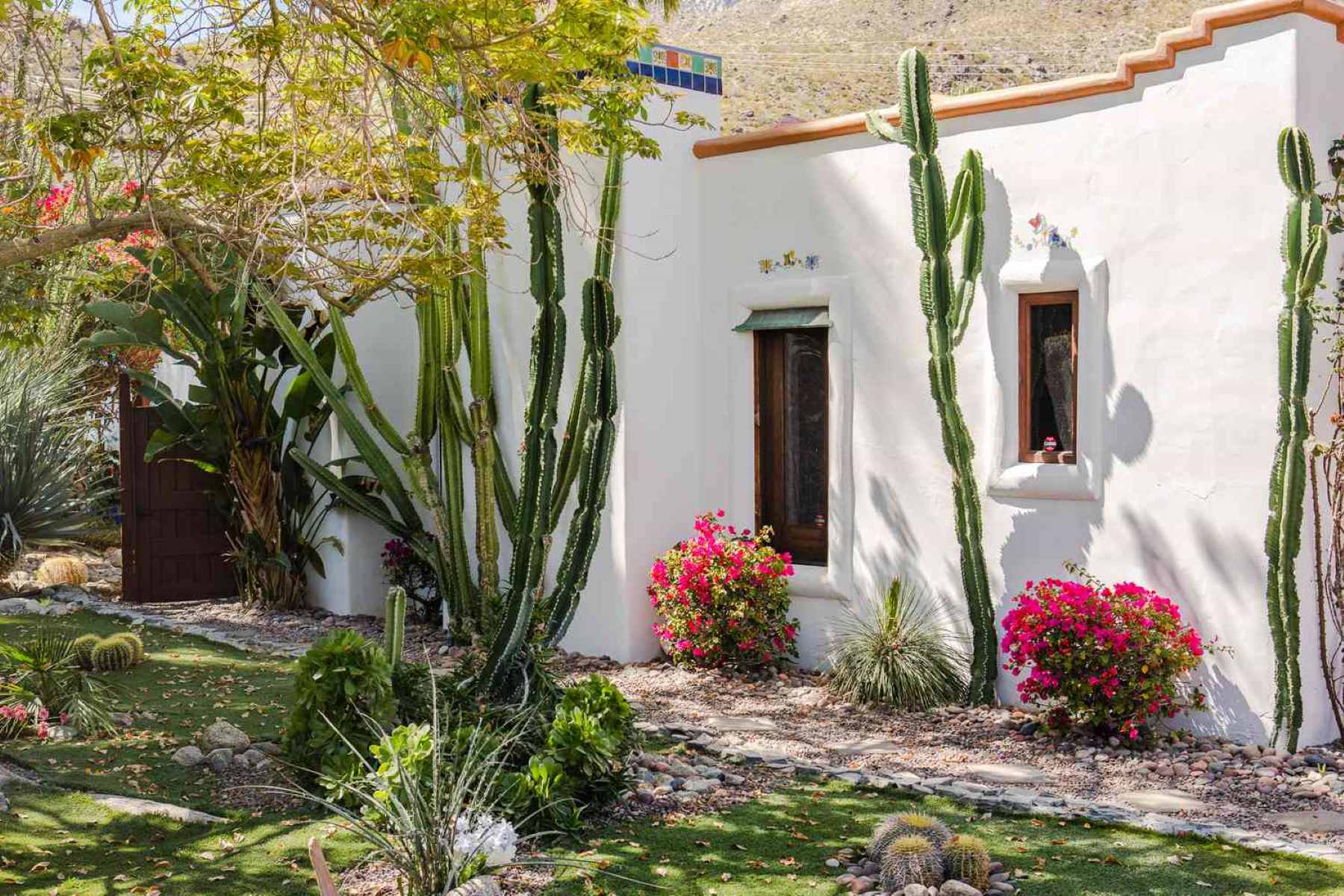

Ideas and Tips
Top 5 Low-Water Landscaping Ideas For Desert Climates
Modified: October 19, 2024
Discover the top 5 low-water landscaping ideas for desert climates. Create a sustainable, beautiful outdoor space with drought-tolerant plants and smart design tips.
(Many of the links in this article redirect to a specific reviewed product. Your purchase of these products through affiliate links helps to generate commission for Storables.com, at no extra cost. Learn more)
Living in a desert climate presents unique challenges when it comes to landscaping. The arid environment requires careful planning and selection of plants that can thrive with minimal water. In this article, we will explore the top 5 low-water landscaping ideas perfect for desert climates, ensuring your outdoor space remains beautiful and sustainable.
Creating a stunning desert landscape that is both beautiful and sustainable requires careful planning and selection of low-water landscaping ideas. By incorporating drought-tolerant plants, using hardscapes and rocks, incorporating outdoor lighting, investing in drought-resistant turf, and creating a water feature, you can transform your outdoor space into a lush oasis that thrives in arid conditions. Remember to choose plants well-suited for your specific climate, integrate hardscapes with plants for visual appeal, and use energy-efficient lighting solutions. With these tips, you’ll be able to enjoy a vibrant and eco-friendly desert landscape that requires minimal maintenance while providing endless beauty and functionality.
1. Incorporate Drought-Tolerant Plants
One of the most effective ways to create a stunning desert landscape is by incorporating drought-tolerant plants. These plants have evolved to survive in environments where water is scarce, making them ideal for desert climates. Here are some of the best drought-tolerant plants you can use:
-
Succulents and Cacti: Succulents and cacti are some of the most iconic desert plants. They store water in their leaves, stems, or roots, allowing them to survive long periods without rainfall. Examples include agave, aloe vera, and prickly pear cactus (Opuntia spp.).
-
Desert Marigold (Baileya multiradiata): This annual or biennial plant produces silver-green foliage and cheerful yellow flowers that bloom from spring to fall. It is native to the Southwest and can thrive in full sun with minimal watering.
-
Desert Willow (Chilopsis linearis): This deciduous tree produces fragrant flowers in shades of pink and white. It is native to the American Southwest and can tolerate extreme heat and drought.
Planting Tips
When planting drought-tolerant plants, it's crucial to choose varieties that are well-suited for your specific climate. Here are some tips:
- Soil Preparation: Desert soils are often rocky and nutrient-poor. Add organic matter like compost or mulch to improve soil structure and fertility.
- Sun Exposure: Most drought-tolerant plants prefer full sun, but some may require partial shade. Ensure you understand the specific sun requirements of each plant.
- Watering: While these plants are drought-tolerant, they still need occasional watering. Water them deeply but infrequently to encourage deep root growth.
2. Use Hardscapes and Rocks
Hardscapes and rocks are excellent additions to a desert landscape because they require minimal maintenance and can add exciting textures to your yard. Here’s how you can incorporate them:
- Rocks and Gravel: Rocks and gravel can be used as mulch or to create pathways. They help prevent evaporation and allow water to permeate the ground, reducing the need for frequent watering.
- Boulders and Large Stones: Large boulders or stones can be used as decorative elements or to create natural barriers. They also provide habitat for desert wildlife like lizards and snakes.
- Pavers and Patios: Pavers made from materials like brick, stone, or concrete can be used to create patios and walkways. These hardscapes are durable and require little upkeep.
Design Tips
When designing with hardscapes and rocks, consider the following:
- Integration with Plants: Combine hardscapes with drought-tolerant plants to create a visually appealing landscape. For example, plant succulents around boulders or use gravel beds with cacti.
- Color Palette: Choose rocks and pavers that complement the desert color palette. Earthy tones like terracotta, sandy beige, and cool blues can enhance the natural beauty of your landscape.
3. Incorporate Outdoor Lighting
Outdoor lighting is another excellent way to enhance your desert landscape without increasing water consumption. Here’s how you can use it effectively:
- String Lights: Hang string lights from trees or posts to create a cozy atmosphere in the evening. This adds visual interest and makes your outdoor space more inviting.
- Pathway Lighting: Use pathway lighting around walkways or walls for safety and security. This also highlights the beauty of your hardscapes and plants.
- Accent Lights: Add accent lights around features like putting greens or firepits. This allows you to enjoy these areas even after dark.
Lighting Tips
When incorporating outdoor lighting:
- Energy Efficiency: Choose energy-efficient LED lights that consume less power and last longer.
- Color Temperature: Select lights with a warm color temperature (2700K-3000K) for a cozy ambiance or cool color temperature (3500K-5000K) for a brighter, more modern look.
- Automation: Consider installing smart lighting systems that can be controlled remotely or programmed to turn on/off at specific times.
4. Invest in Drought-Resistant Turf
Traditional grass is often not suitable for desert climates due to high water requirements. Instead, consider investing in drought-resistant artificial turf or native grasses that thrive in arid conditions:
- Artificial Turf: Artificial turf is a low-maintenance option that mimics the look of natural grass without needing water or mowing. It’s perfect for areas with high foot traffic or pets.
- Native Grasses: Native grasses like blue fescue, blue oat grass, feather reed grass, switch grass, and fountain grass are all drought-tolerant and can add greenery to your landscape with minimal watering.
Turf Tips
When choosing drought-resistant turf:
- Quality Matters: Invest in high-quality artificial turf that looks realistic and feels soft underfoot.
- Maintenance: While artificial turf requires little maintenance, it still needs occasional cleaning and inspection for damage.
- Native Varieties: If you prefer natural grasses, choose varieties native to your region for optimal performance.
5. Create a Water Feature
While water is scarce in desert regions, a well-designed water feature can add tranquility and beauty to your landscape. Here’s how you can create one:
- Fountains: A bubbling fountain creates a pleasant sound that drowns out urban noise pollution. Consider using an underground reservoir to prevent evaporation or animal drowning.
- Ponds: Small ponds can be designed with built-in water recycling systems to minimize water loss. They attract wildlife like birds and butterflies, adding life to your landscape.
- Rainwater Harvesting: Collect rainwater in a cistern or barrel and use it for irrigation or other non-potable purposes.
Water Feature Tips
When designing a water feature:
- Energy Efficiency: Use energy-efficient pumps and filtration systems to minimize power consumption.
- Safety First: Ensure that your water feature is safe for children and pets by using fencing or barriers around it.
- Maintenance: Regularly inspect and maintain your water feature to prevent algae growth and ensure proper function.
Was this page helpful?
At Storables.com, we guarantee accurate and reliable information. Our content, validated by Expert Board Contributors, is crafted following stringent Editorial Policies. We're committed to providing you with well-researched, expert-backed insights for all your informational needs.
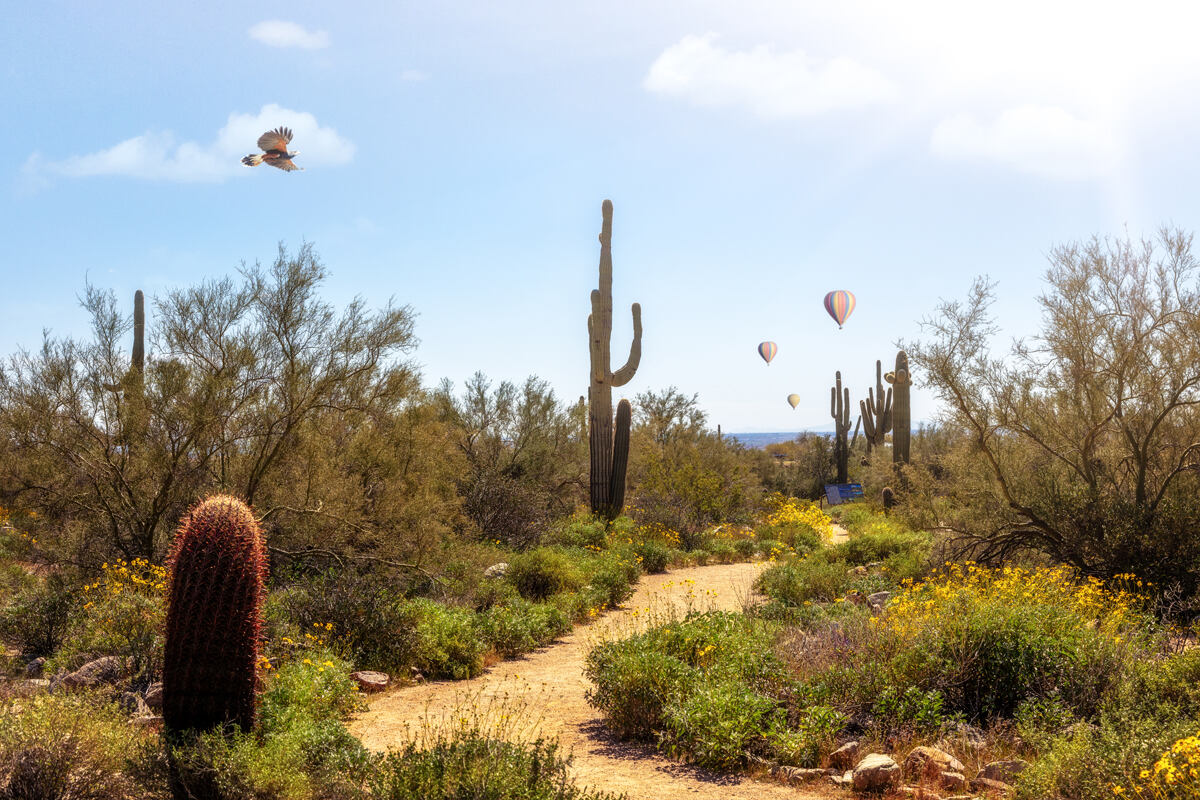

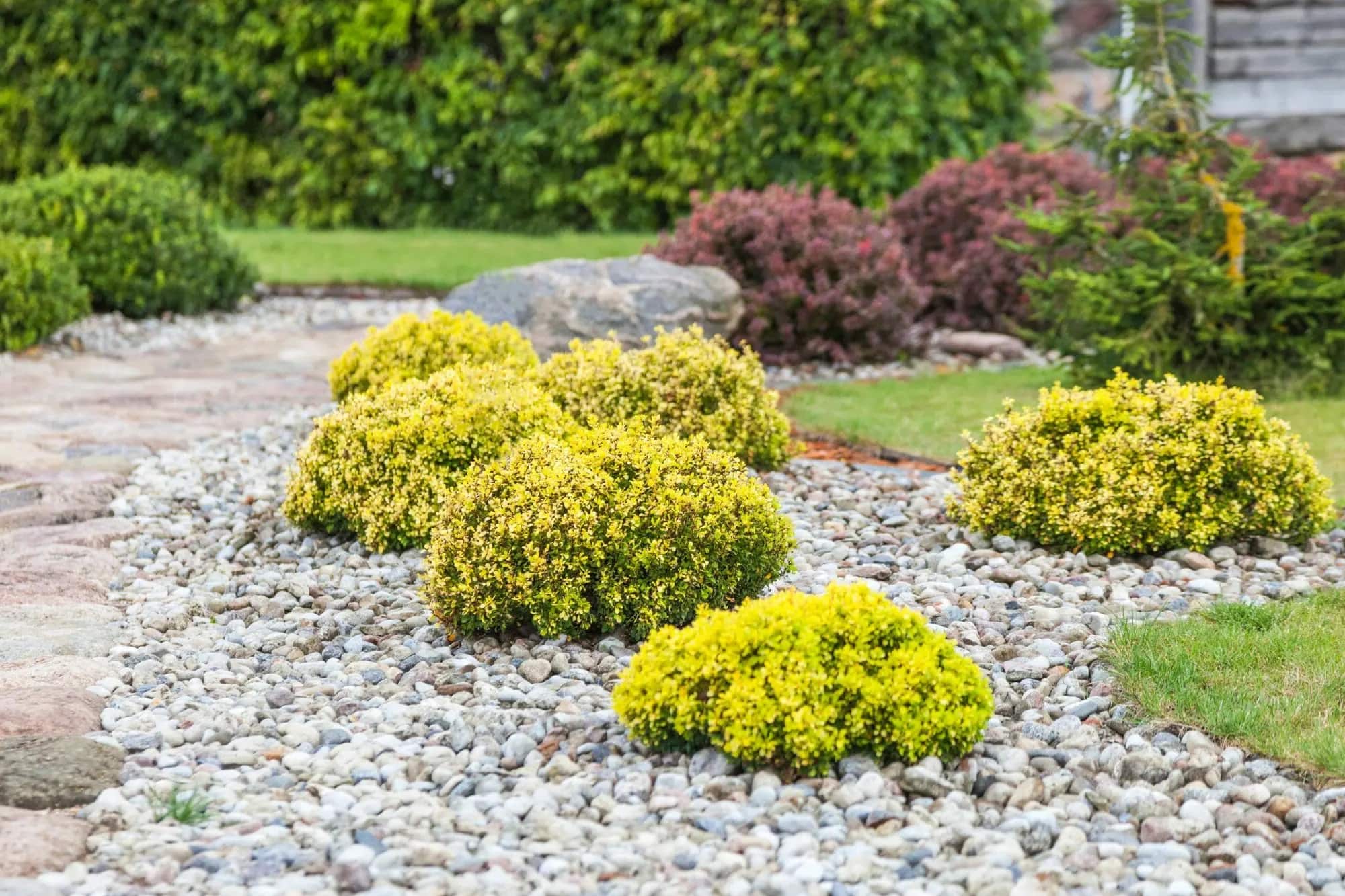

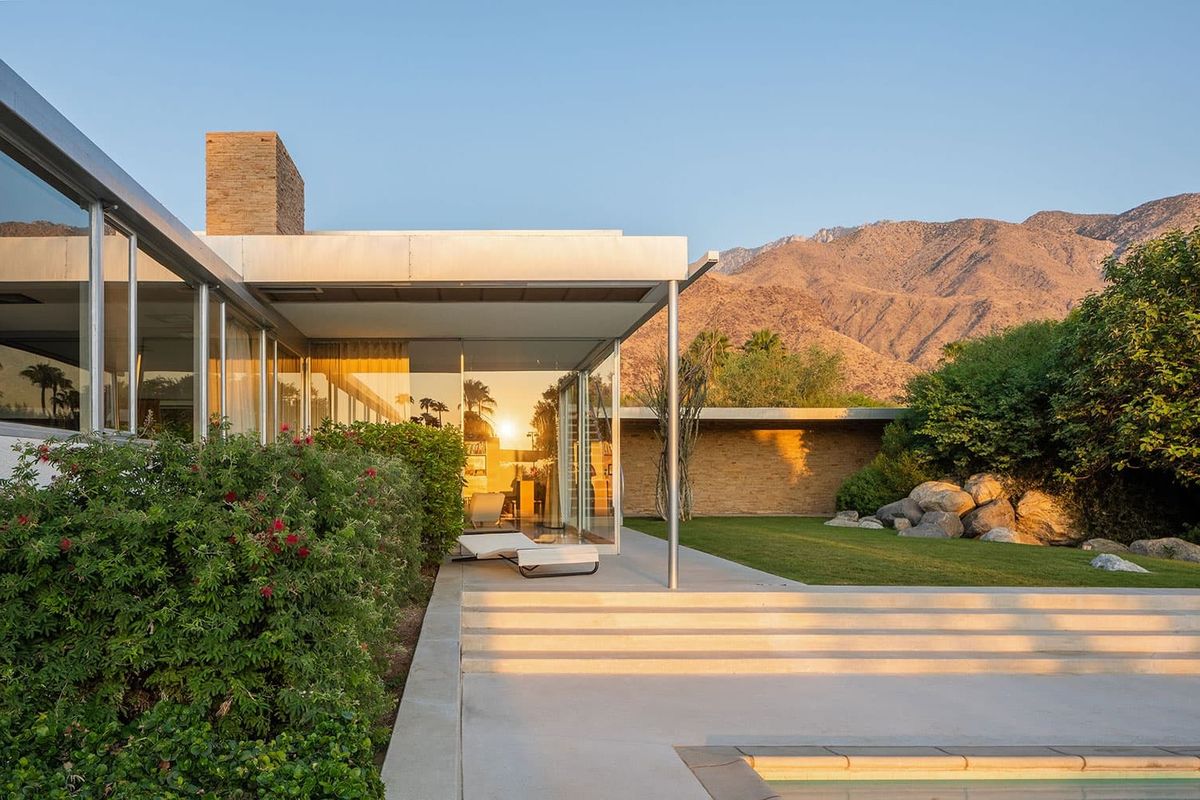
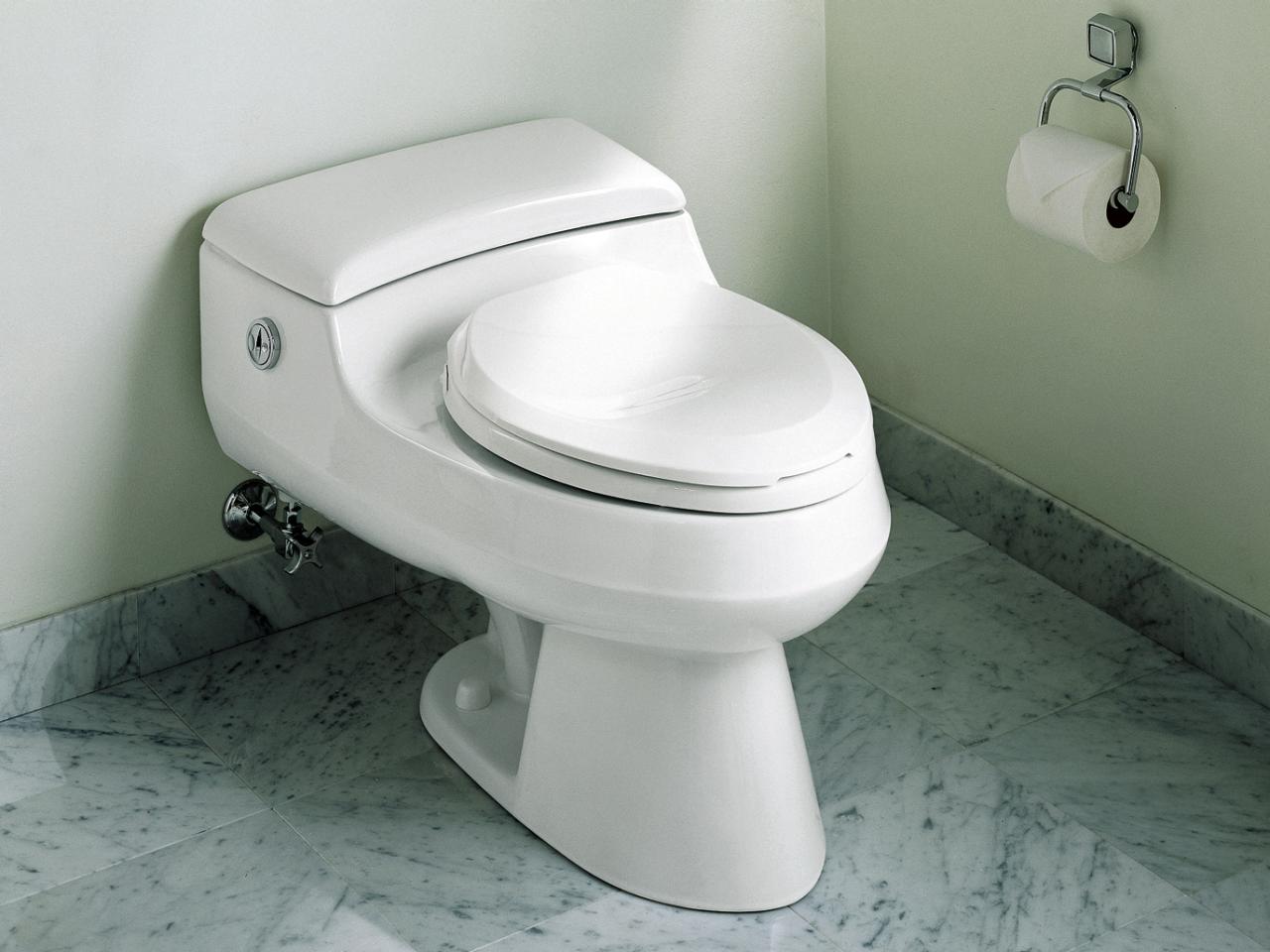
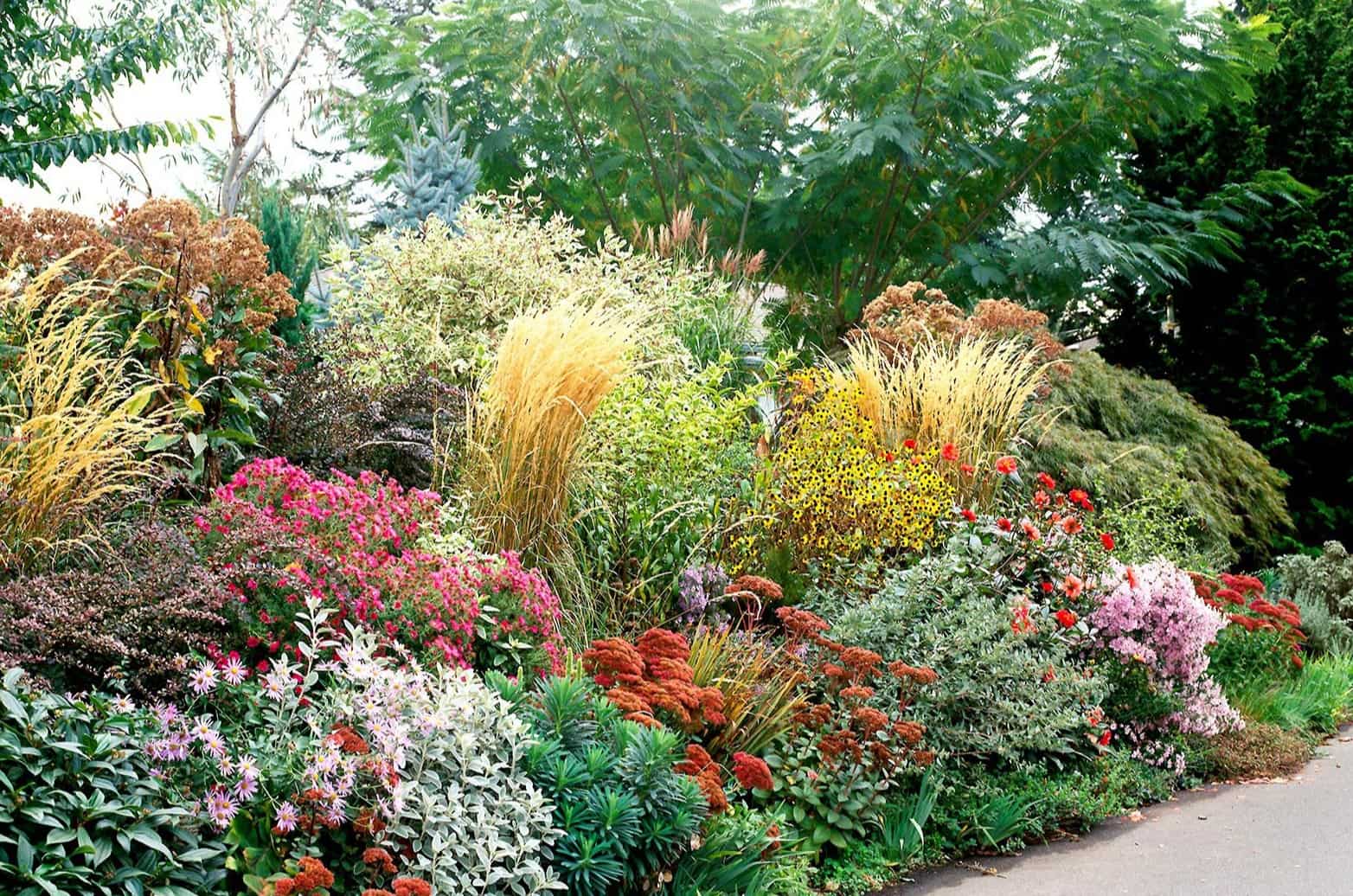
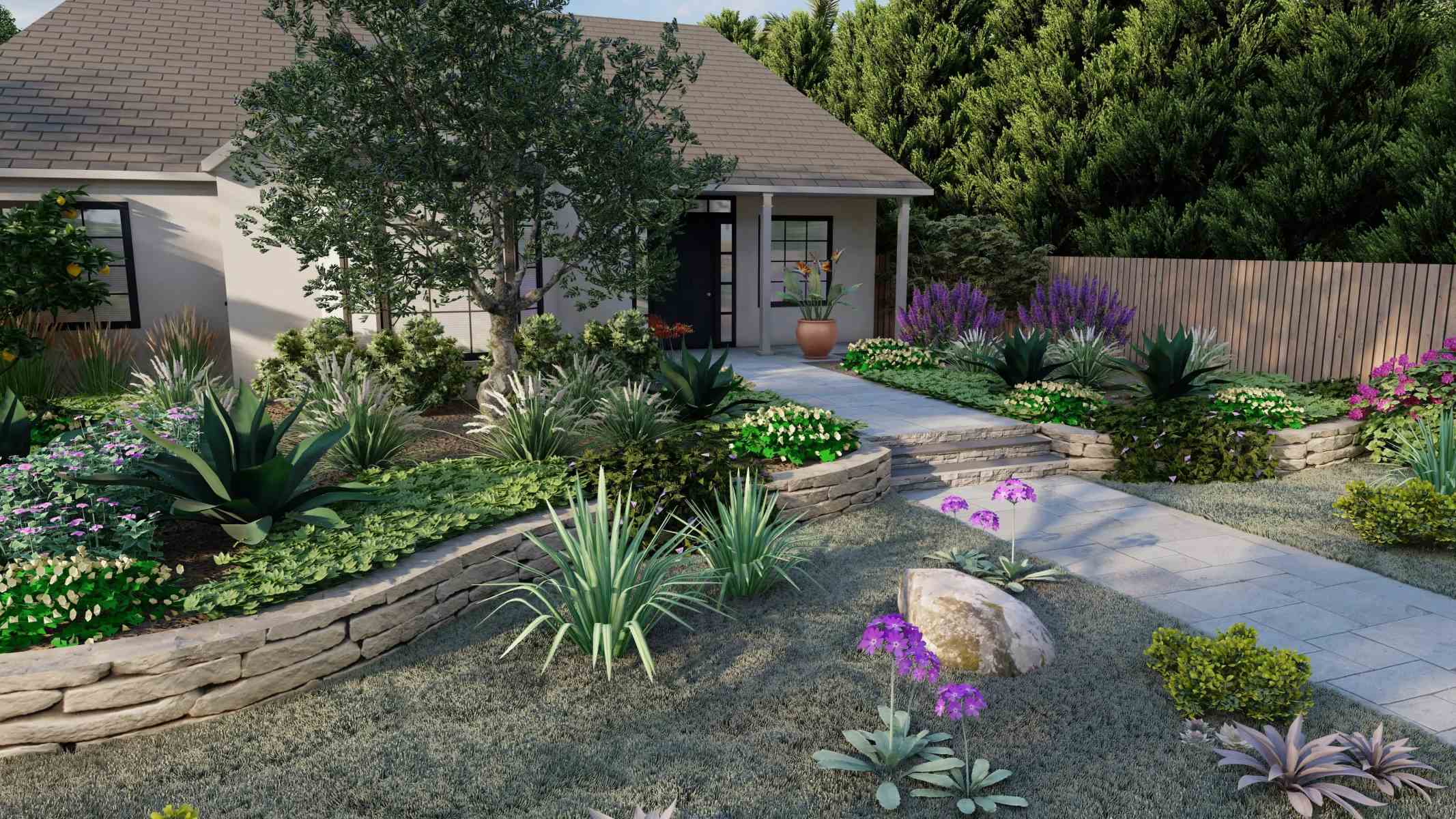
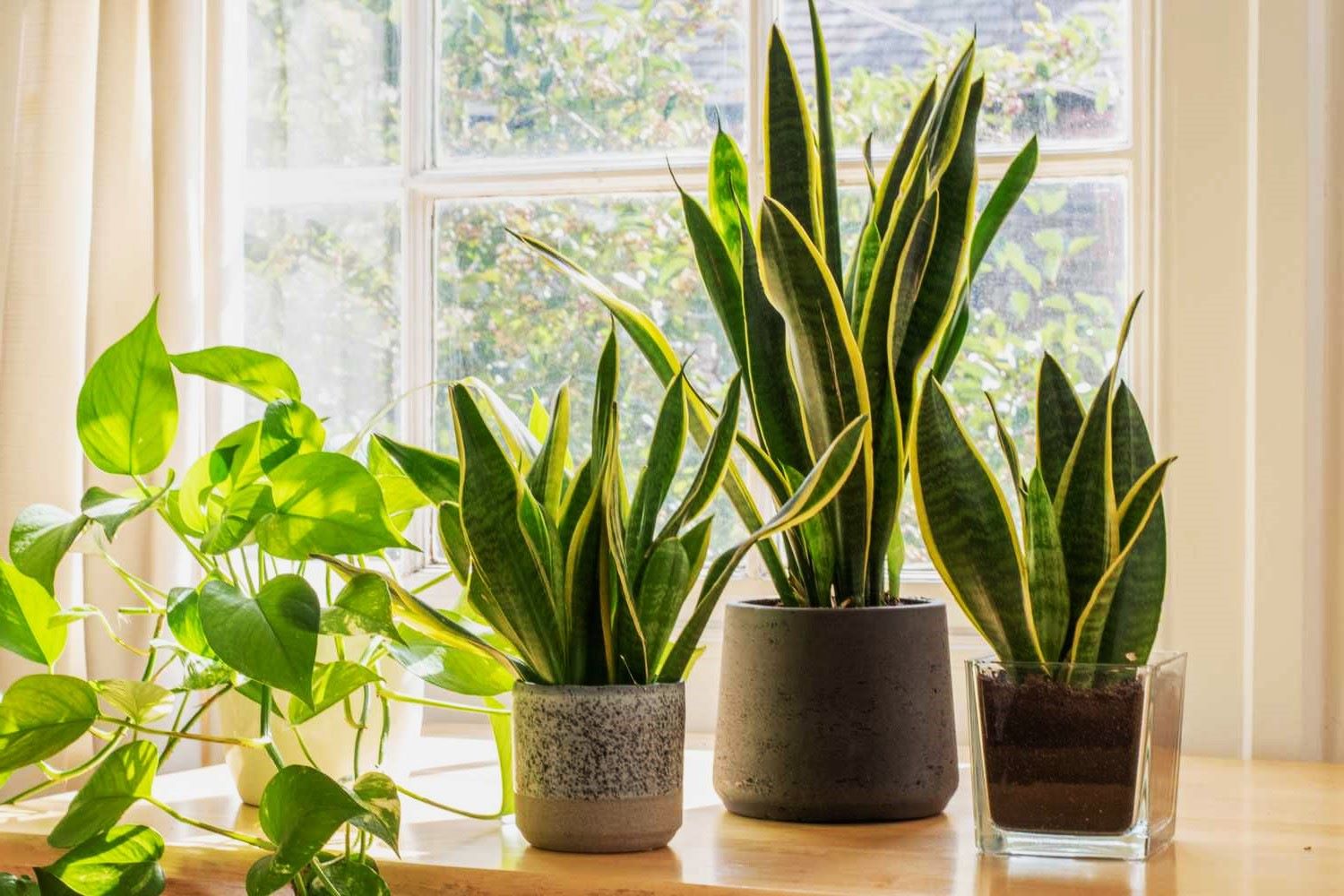


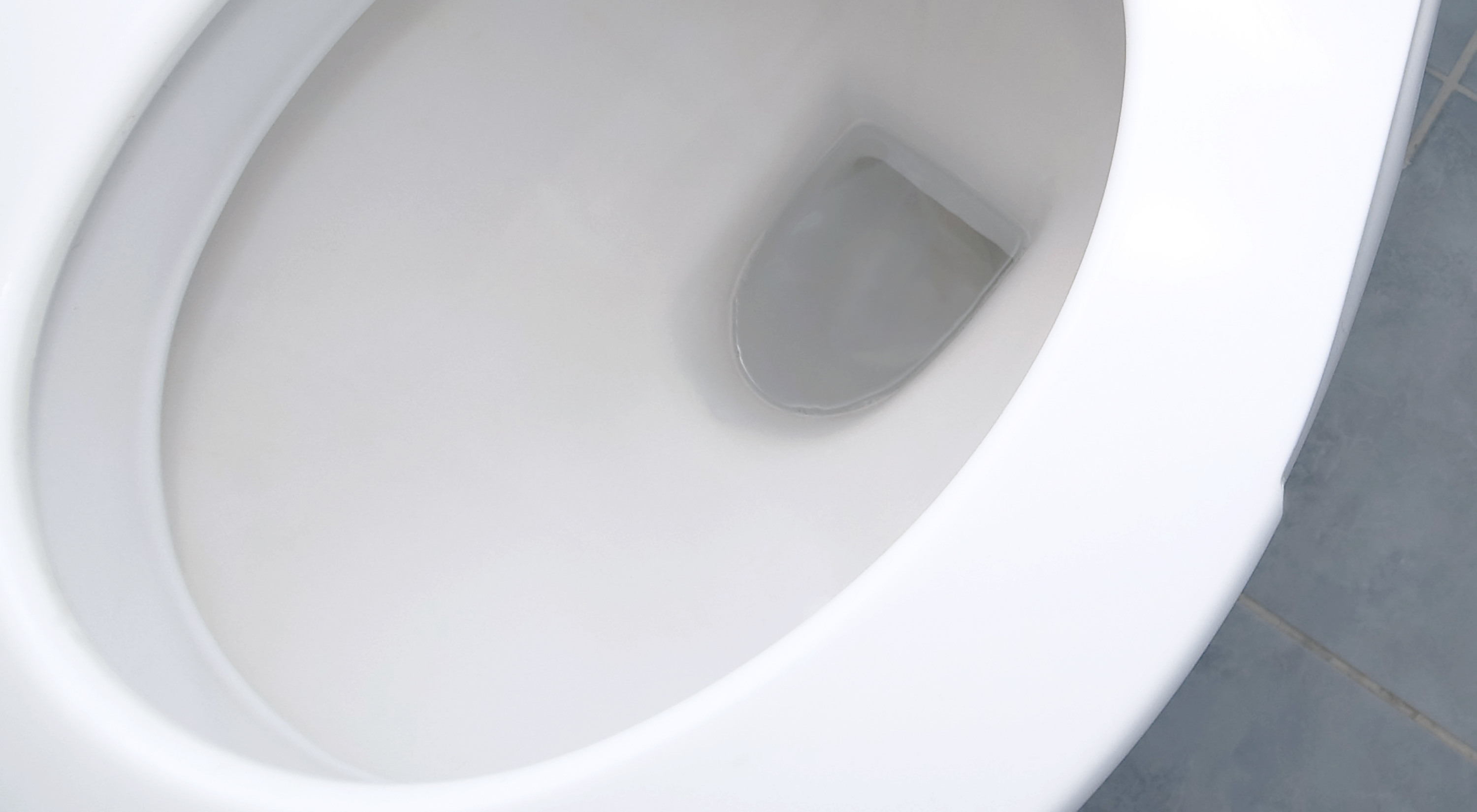


0 thoughts on “Top 5 Low-Water Landscaping Ideas For Desert Climates”